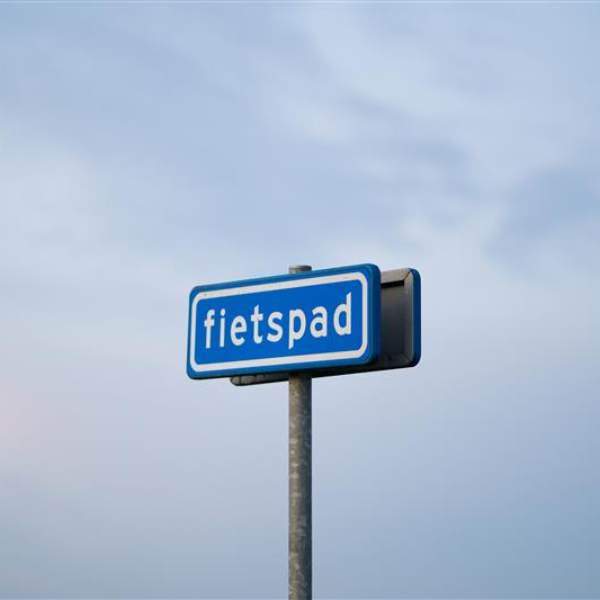Data analysis for safe and comfortable cycle highways in Zuid-Kennemerland
Zuid-Kennemerland region

Data analysis for safe and comfortable cycle highways in Zuid-Kennemerland
Cycle highways as an attractive alternative to driving: to realise this ambition, the provincial government of North Holland asked Witteveen+Bos to carry out a data analysis for the Zuid-Kennemerland region. This involved an assessment of the regional cycle network based on a series of quality standards using data from various sources, including the Haarlem Bicycle Traffic Monitor (FietsMonitor).
The regional and provincial administrations have designated various cycle routes in Zuid-Kennemerland as important links for development into cycle highways. A cycle highway is a high-quality cycle route that is designed for comfortable and safe use with a minimum of clearly marked crossing points.
Other essential characteristics of cycle highways are that they have sealed paving and sufficient width for cyclists of different speeds to pass. These cycle highways play a crucial role in the regional cycle network. However, optimising each route requires a specific approach.
The ultimate objective is to make cycle highways an attractive alternative to driving. They have proven to be successful in practice, which makes them a valuable investment. Read more in this article on Mobiliteit.nl (in Dutch).

How do you assess a cycle highway?
The regional and provincial administrations have developed a series of quality standards for cycle highways. These quality standards were subsequently transformed into measurable indicators. The objective is to evaluate the performance of every cycle highway based on these standards, to identify bottlenecks and to determine where there are many cyclists so that busy routes can be prioritised. This information serves as a valuable basis for further discussions with mobility experts and professional stakeholders in the region about prioritising measures.
Data analysis method
The cycle highways were split into intersections and route segments, each of which was individually assessed based on the various indicators. Multiple data sources were used for the analysis, including the Haarlem Bicycle Traffic Monitor, as well as public, provincial and municipal data. The analysis was an iterative process, in which the data was repeatedly visualised and interpreted.
Important conclusions following the analysis
Although data cannot answer every question, a numerical analysis can help to create an objective basis. Such an analysis can also prompt fruitful discussions about the quality of data and how it is collected. The results can also prompt more extensive discussions about the quality standards and how they are prioritised.
Want to know more?
For more information about this project, please contact Sander Veenstra, Bicycle Traffic Monitor product owner and Traffic Engineer at Witteveen+Bos.
Bicycle Traffic Monitor

More information?
Sander, a traffic data scientist, is the Bicycle Traffic Monitor's inventor, developer and product owner.

